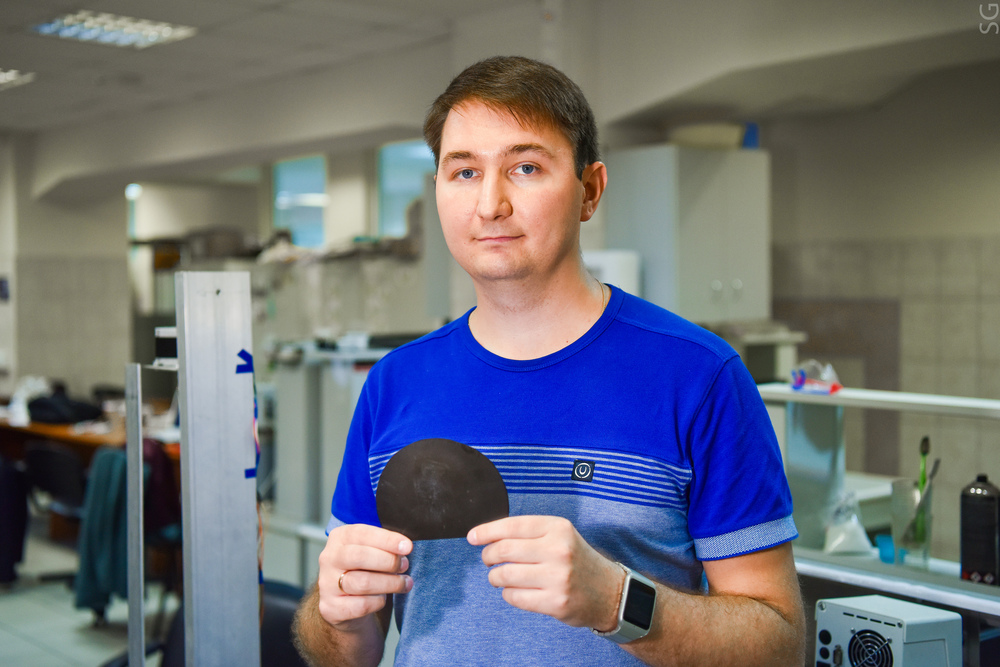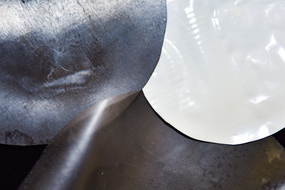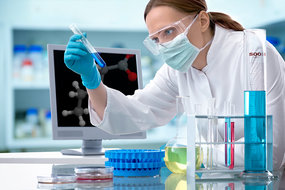Young scientists from NUST MISIS and their colleagues from Lomonosov Moscow State University have proposed a system based on metal-polymer membranes to separate hydrogen from gas mixtures. The hydrogen concentration after the application of this innovative technology can be increased to a level that would significantly extend the life of fuel cells in environmentally friendly engines.
Hydrogen is an environmentally friendly and highly efficient energy carrier. The main advantages of hydrogen as an alternative source of energy is that its specific heat of combustion is three times higher than that of oil, and when it is burned, only water is formed, which in turn is completely safe for the environment. However, the hydrogen produced by technical methods in most cases is heavily contaminated with the impurities of other gases.
Hydrogen purification is a no less important part of the production cycle than the production itself. Hydrogen sulfide H_2S, carbon dioxide CO_2, carbon oxide CO, nitrogen N_2, and water vapor are hydrogen’s main impurities in most cases. The degree of hydrogen pollution depends on how it was produced and purified.
Fuel cells carry out the transformation of chemical energy from fuel into electricity, but run with heavy losses during burning. Through the highly efficient “cold” combustion of fuel, this electrochemical device produces electricity.
In this type of combustion, the hydrogen supplied to the fuel cell interacts with oxygen in the air, but this reaction is impossible without a catalyst, which usually consists of a precious metal such as platinum.
During the process however, the catalyst rapidly degrades and becomes passive in the presence of gas impurities in hydrogen. The impurities lead to critical interference in the process, or to the so-called “poisoning of the fuel cell”. The oxidized or degraded surface of the catalyst ceases to function, which could reduce the fuel cell’s longevity by up to a month and a half.
The increasing demand for high quality hydrogen fuel creates a secondary demand for efficient technologies to produce and purify it.
A group of scientists led by NUST MISIS’s Visiting Professor Semyon Klyamkin, Doctor of Chemical Sciences, has developed a cheap and effective technology to purify and store hydrogen based on metal-polymer membranes. A composite material that is a polymer matrix of polyethylene with a filler of intermetallic compounds such as lanthanum and nickel (lanthanum nickel), forms the development’s foundation.
“The intermetallic compound in the material is interesting because it is able to react chemically with hydrogen to form hydrides. Other impure gases don`t participate in this process. Due to this selective reaction of the filter, the membrane pumps the hydrogen atoms into itself, or in other words — the gas flow is separated, delaying all foreign impurities and passing the purified hydrogen [on]. The polymer matrix itself, on one hand, doesn’t allow the filter to crumble, and, on the other hand, detains the impure gases and protects the surface of the intermetallic compound from poisoning”, said Mikhail Zadorozhniy, co-author of the work and engineer at the NUST MISIS Center for Composite Materials.
Thanks to this research, the development team was able to increase the separation capacity of such a membrane by a magnitude of two. Currently, the team is conducting lab tests on the samples they obtained.






